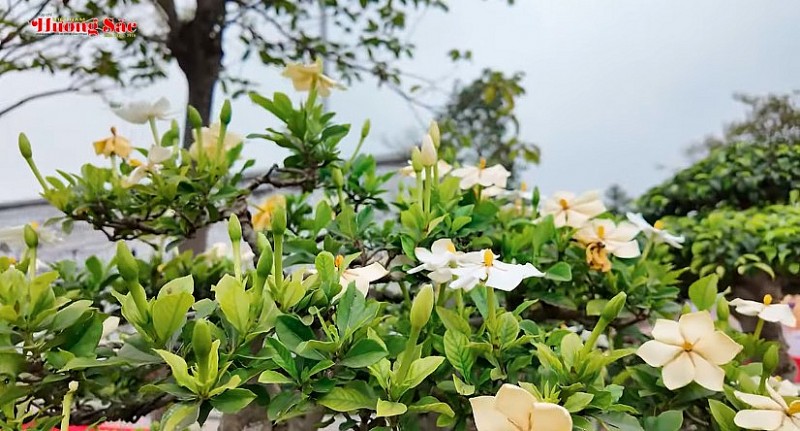Artisan Nguyen Phuoc Loc: The keeper of Vietnamese bonsai soul
Sowing a bond with bonsai and the journey to establish a unique museum
Born and raised in a family with a tradition of making bonsai in Sa Dec flower village (Dong Thap), Nguyen Phuoc Loc fell in love with the bonsai profession when he was a teenager. In 1986, when the country began to enter the period of renovation, his mother, Mrs. Nguyen Thi Phu, opened a kiosk specializing in selling bonsai. Since then, the boy Loc has been accustomed to helping his mother with artisans to fix trees, interacting with classic bonsai and gradually learning how to shape and prune.
In the early 1990s, the bonsai movement in the South began to develop strongly, especially after Vietnam opened up, receiving the first influences from Japanese bonsai art. At that time, Nguyen Phuoc Loc was studying at university in Saigon. While studying, he also took the opportunity to integrate into the bonsai community here. Thanks to his family's solid foundation, his approach to bonsai creation techniques happened very quickly.
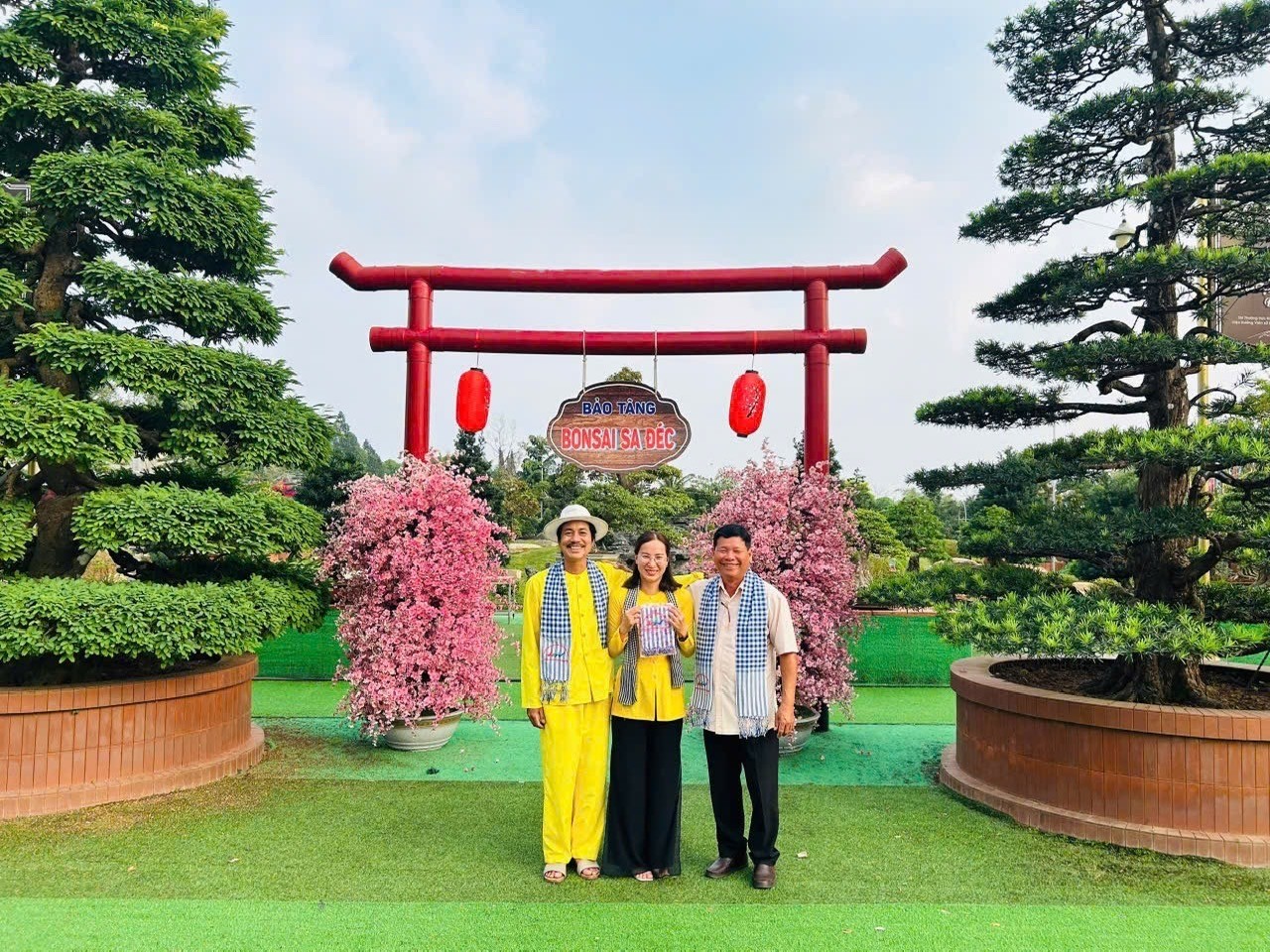 |
| Mr. Nguyen Phuoc Loc (in white shirt) with visitors at Sa Dec bonsai museum. |
Not only studying, he also became a bridge between Saigon and Sa Dec. He often transported precious bonsai trees from the city back to his hometown, both to sell for his mother and to share with the bonsai-loving community in the Mekong Delta. Thanks to that, the bonsai movement spread strongly in this fertile land.
Although in the early days there were still shortages of tools, plant care products or grafting techniques, with his constant efforts and inquisitive spirit, Nguyen Phuoc Loc gradually conquered the difficulties. The Tao Dan Spring Flower Festival held in 1988 with the first bonsai works displayed was an important milestone that made him believe that this art could go further in Vietnam.
One of the major turning points in his career was a pair of ancient bonsai trees modified in the "Four Faces of Heaven, Earth and Human" style, which he owned since 1993. Passed down through many generations, the pair of bonsai trees has special value in both technique and aesthetics. After 20 years of care and shaping, in 2013, this pair of trees was recognized by the Vietnam Record Organization as the oldest pair of bonsai trees in Vietnam, valued at up to 1 million USD.
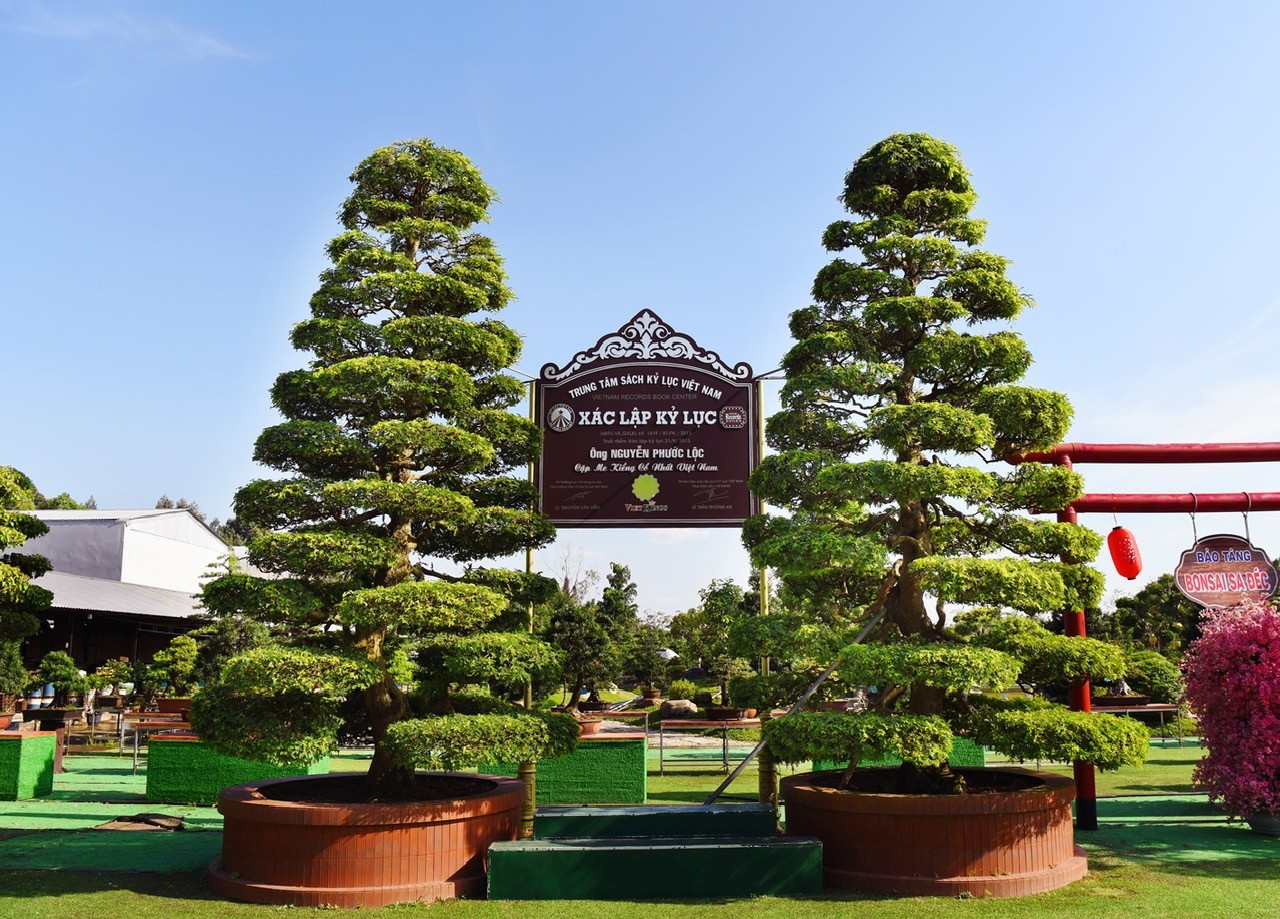 |
| Two oldest ornamental tamarind tree in Vietnam. |
From that milestone, Nguyen Phuoc Loc continued to invest, collect and create more valuable bonsai. The greatest achievement is the Sa Dec Bonsai Museum, a project he considers a "spiritual home" for Vietnamese bonsai art. The museum is divided into three exhibition areas: works that have achieved national records; works representing 13 provinces in the Mekong Delta; and a collection of typical bonsai of Sa Dec. This is not only a place to preserve cultural values but also a space to connect passions and spread the quintessence of Vietnamese bonsai craft.
Opportunities, challenges and future of Vietnamese bonsai art
Although he is a veteran artisan, Nguyen Phuoc Loc always emphasizes that Vietnamese bonsai is still in the "initial stage" on the international map. According to him, the biggest challenge of the profession today is the lack of professionalism and not being recognized as a key economic sector. "We have not yet considered bonsai as an official business product, nor have we had a master plan for export or systematic training of artisans," Mr. Loc shared.
Bonsai production is still small-scale, with players following their personal preferences and paying little attention to the needs of the international market. Meanwhile, countries like Japan, Taiwan and Thailand have developed a systematic bonsai ecosystem for a long time, even training a new generation of artisans to inherit the cultural heritage.
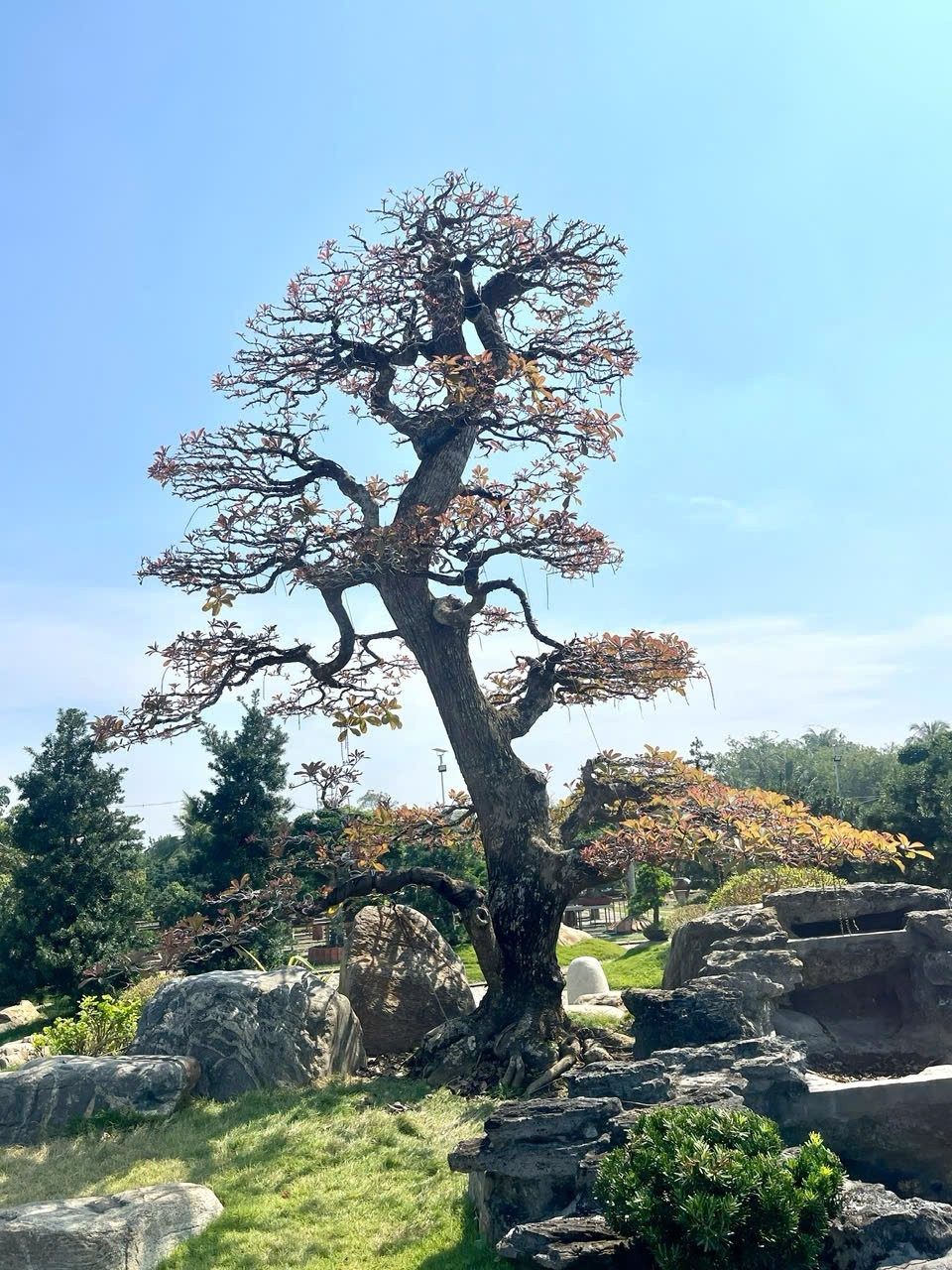 |
| The Lộc Vừng (Barringtonia acutangula) masterpiece “Long Phúc Lâm Môn” has set a unique national record in Vietnam. |
However, according to artisan Nguyen Phuoc Loc, Vietnam has many advantages that few countries have. The favorable climate helps shorten the time to nurture bonsai trees from 20 years (in Japan) to about 10 years. At the same time, Vietnam possesses many indigenous tree species such as mai chieu thuy, linh sam, sam nui... endemic species that many international artisans seek. This is a "natural treasure" if exploited properly.
In addition, Mr. Loc said that the international market is lacking in bonsai artisans. Vietnam, with its young and skillful human resources, can completely become a "stronghold" supplying artisans for the Asia-Pacific region. He himself has sent many students to Japan and Taiwan to work and study, opening up new promising directions for the next generation.
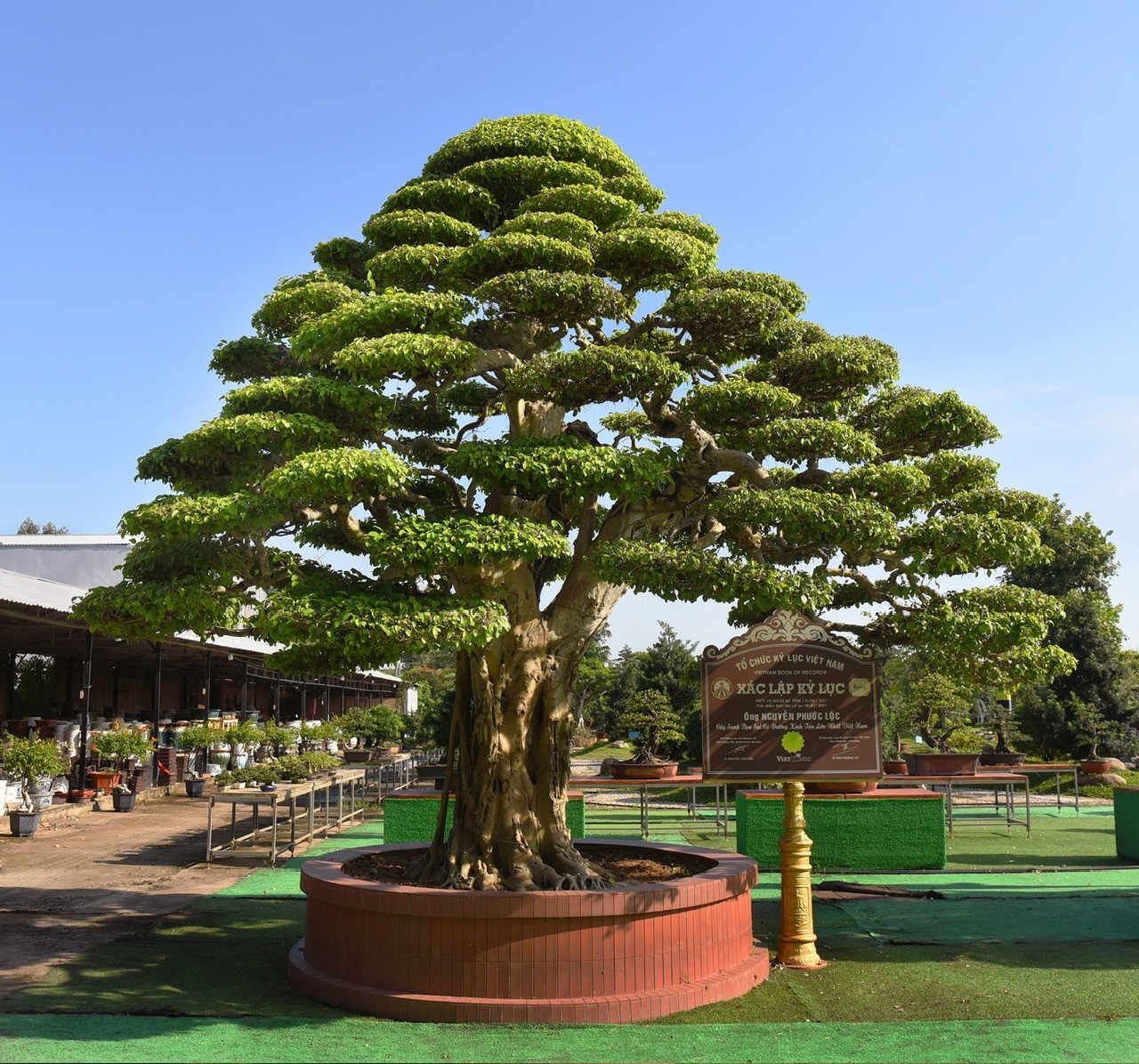 |
| The Ficus bonsai (Sanh) tree with the largest canopy diameter in Vietnam. |
To realize this potential, the Sa Dec Bonsai Museum is actively training artisans, organizing regular classes from basic to advanced. In particular, Mr. Loc also coordinates with local schools to make bonsai a profession that can be taught and trained formally. “Bonsai cannot be replaced by artificial intelligence. This is a profession of emotions, of hands. And it is also a career opportunity with a good income - from 500,000 VND/day for beginners - if properly trained”, Mr. Loc shared.
As a former Chairman of the Sa Dec City Ornamental Plants Association and a National Ornamental Plants Artist, Nguyen Phuoc Loc affirmed: if there is synchronous coordination between the government, associations and professionals, Vietnamese bonsai art can completely reach the world level. He believes that "a bonsai tree can bring economic value ten times that of a rice flower", if developed in the right direction.
With a passion for preserving and developing the bonsai profession, artisan Nguyen Phuoc Loc is quietly building a "bonsai temple" not only for himself, but also for future generations - those who love beauty, love tranquility and understand the soul of Vietnamese trees.
News


The artisan "transforms" dried coconuts into works of art
Other News

Vietnam’s Bonsai Tycoons: From passion to riches

The man pioneered a new path for traditional Feng Shui through ornamental creatures
Read more
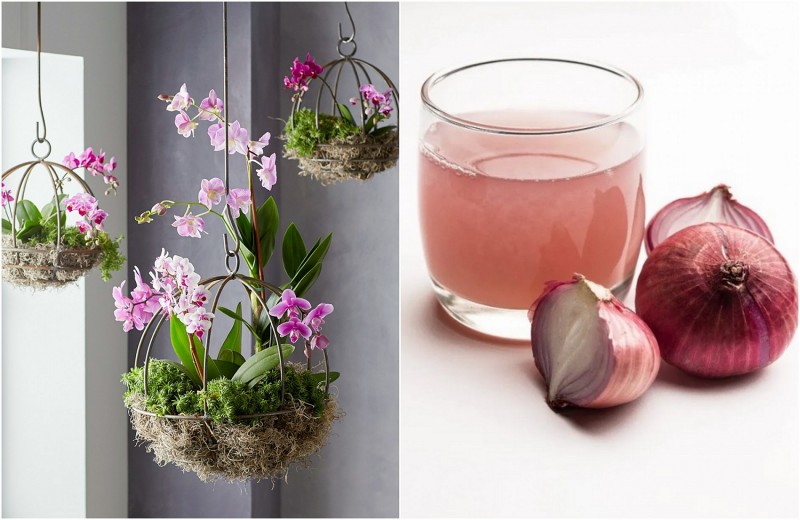
Not water, but understanding makes ornamental plants flourish

Bioponic vertical garden: When green sprouts in the heart of the city
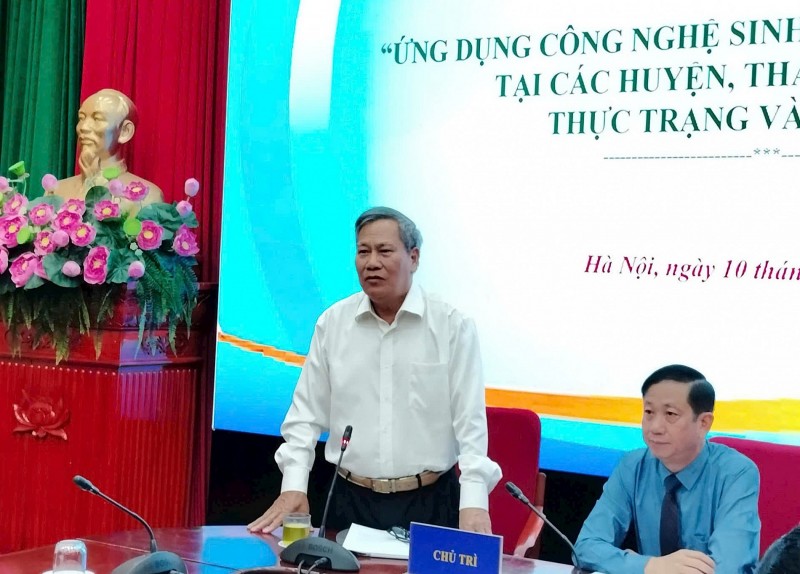
Breakthrough mechanisms needed to promote biotechnology application in Hanoi’s agriculture

Fish robots: Technological solutions open the era of smart aquaculture
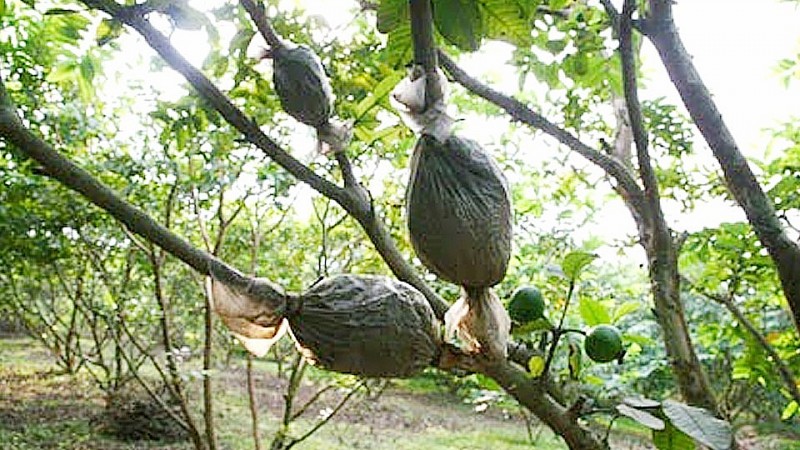
Air layering plants: An effective propagation method with great economic potential

Deteriorating air quality: Time for Hanoi to make bold investments in green spaces
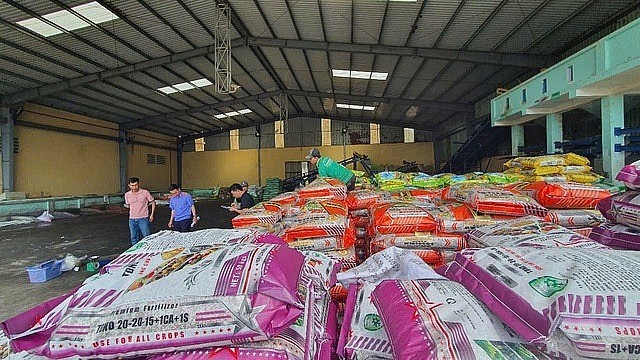
From fake fertilizers to green transformation: Opportunities in challenges

White Camellia: Nature-Healing Ornamental Treasure
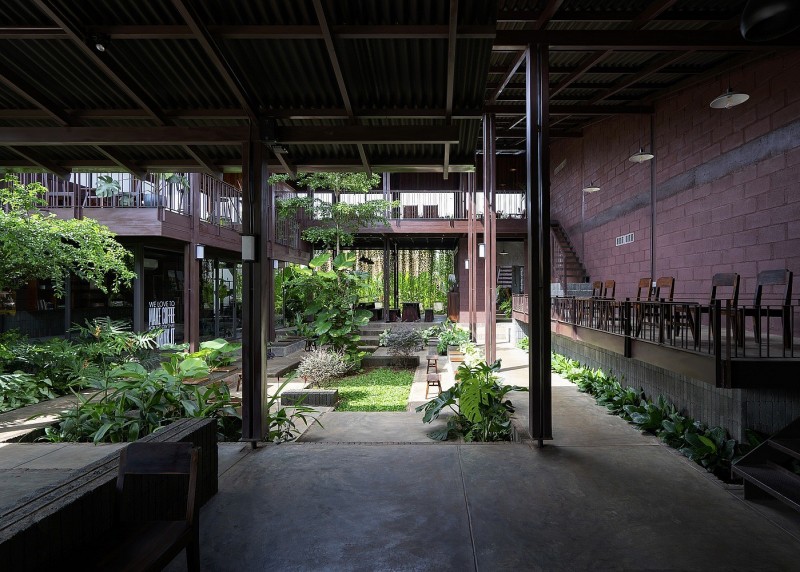
Coffee commune: A Green architectural space for community memory
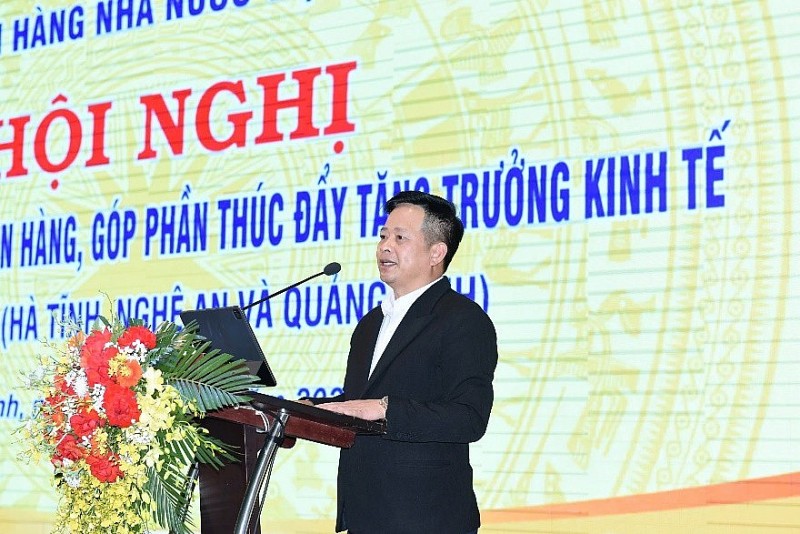
Accompanying sustainable agriculture: Perspective from Agribank and opportunities for developing Vietnam's Ornamental Plants industry
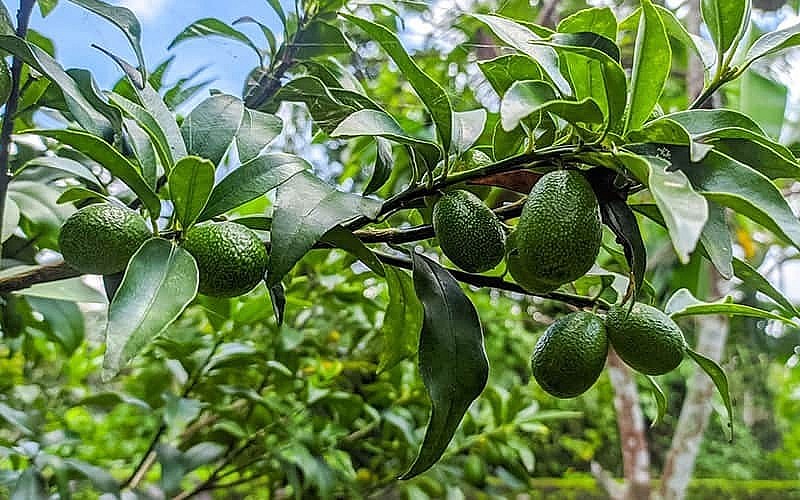
A superfruit widely grown in Vietnam, securing farmers stable income
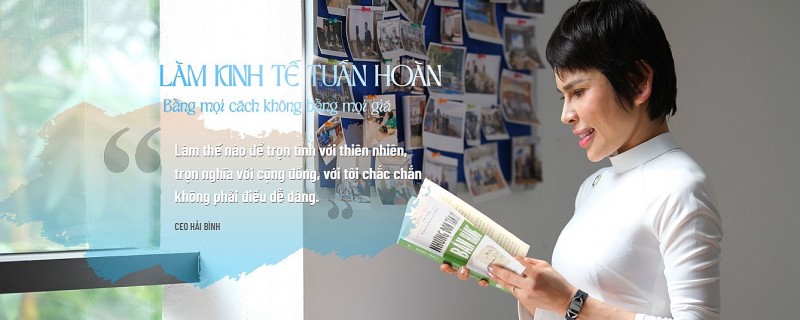
STP Group: Nguyen Thi Hai Binh - The pioneer woman bringing the ocean into the circular economy and the journey of "connecting values - connecting the community"
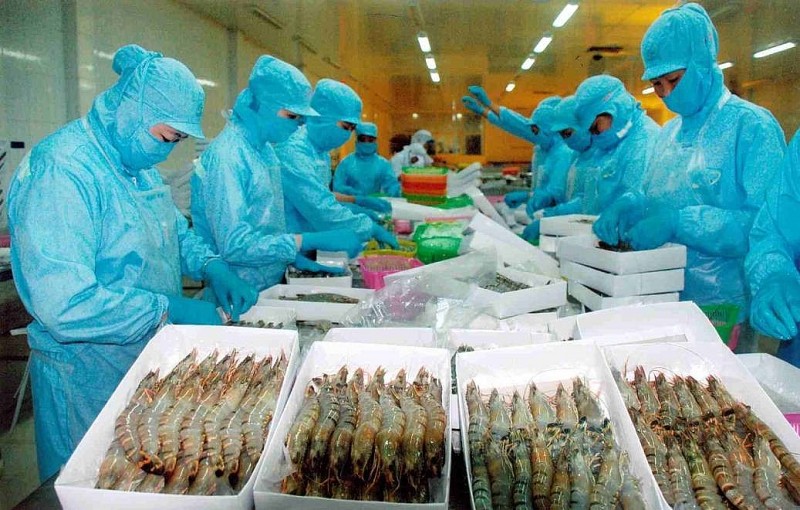
US imposes 46% reciprocal tax on Vietnamese goods: Risks and solutions for agricultural exports
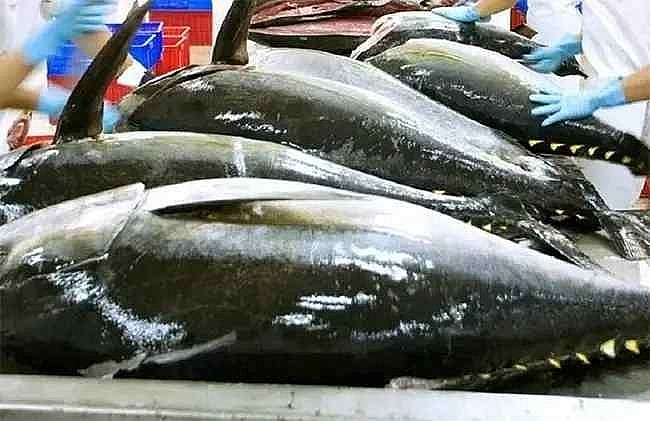
After durian, Vietnamese tuna emerges as a strong competitor to Thailand in global market

Vietnam named one of Asia’s top wildlife watching destinations
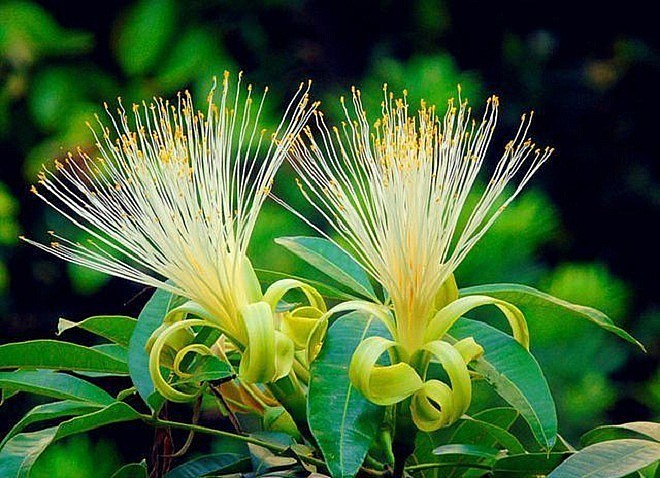
Blooming money tree - A rare omen of wealth and prosperity

Bún Flowers: Hanoi’s hidden floral delight
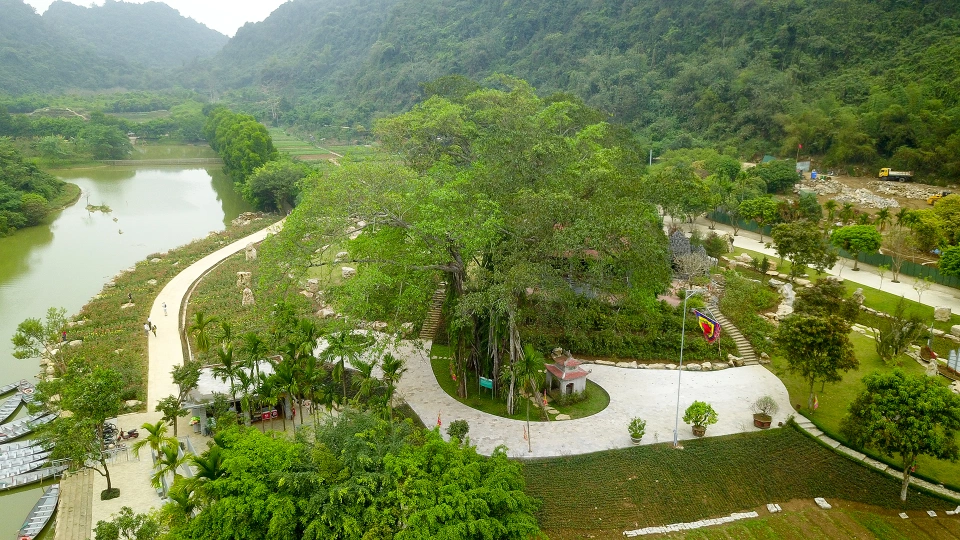
The thousand-year-old "moving" banyan tree in Ninh Binh, each step takes a century
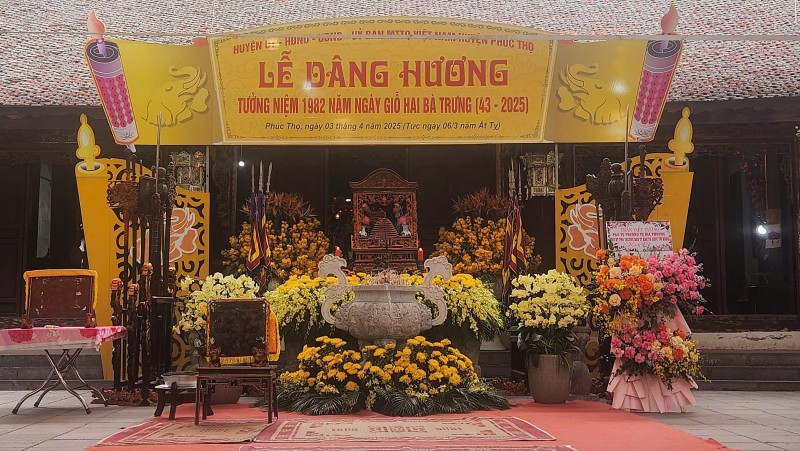
Hat Mon Temple – Historical Mark of Hai Ba Trung
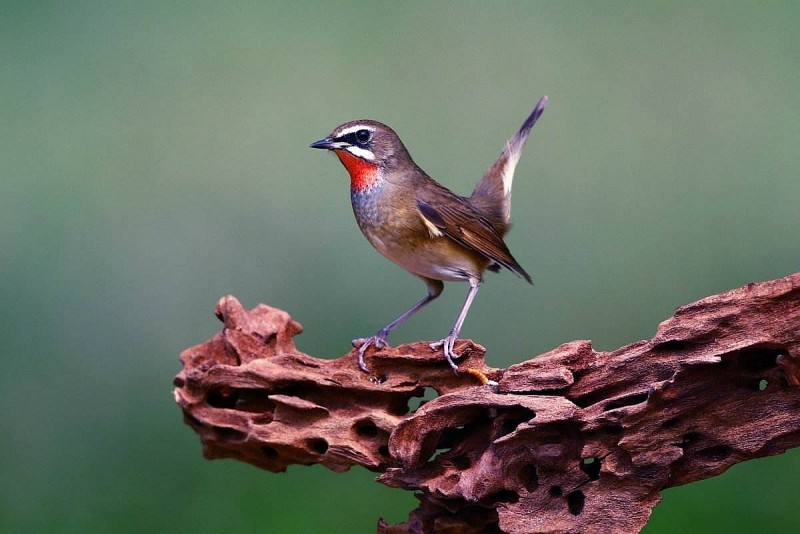
Discovering 4 bird species that have captivated the Chinese for centuries
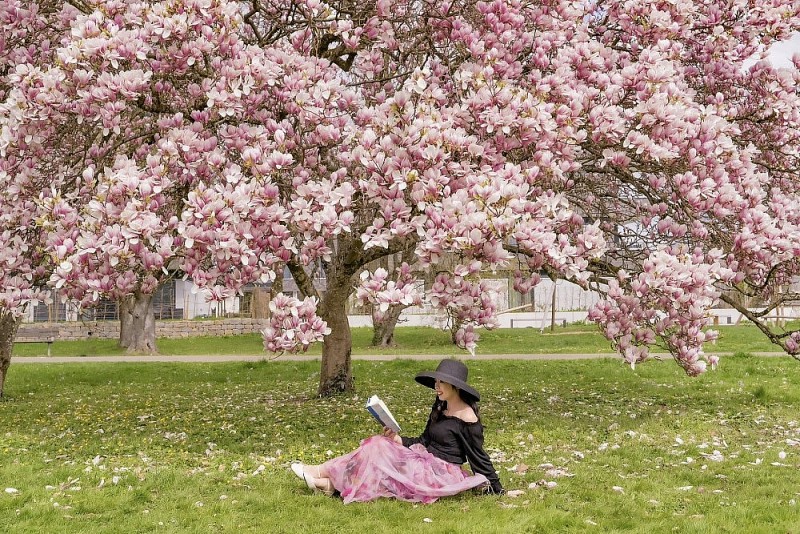
Vietnamese women and magnolia blooming seasons in Europe

Planting native species: A global trend for greener homes and bird-friendly spaces

56-year-old man living alone in the forest for 27 years with birds
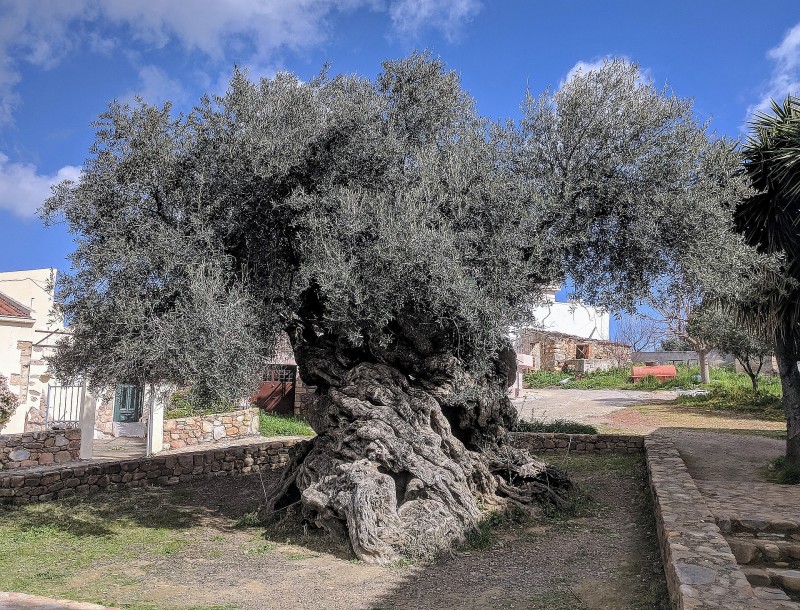
Gazing at a 5,000-year-old olive tree in Greece

Phong Nha - Ke Bang National Park: Revival of 7 rare Indochinese tigers
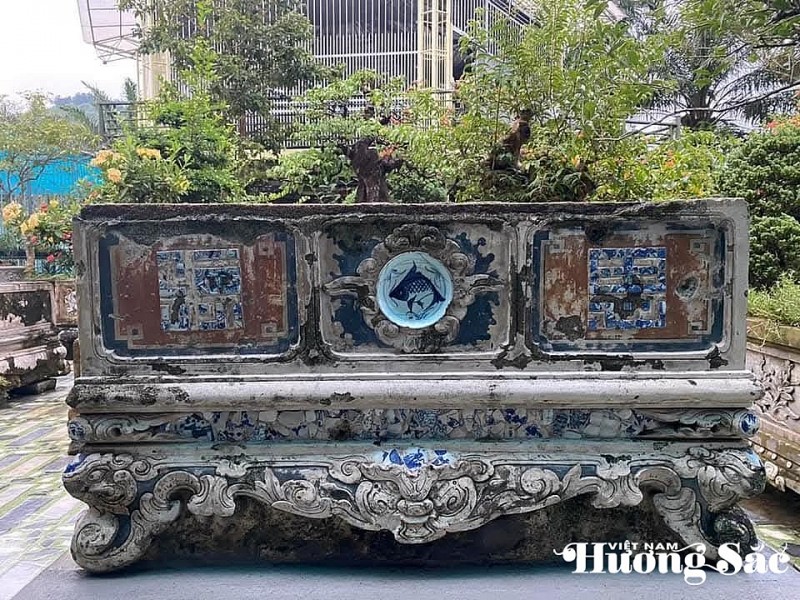
The 9X artist turns water hyacinth into living art
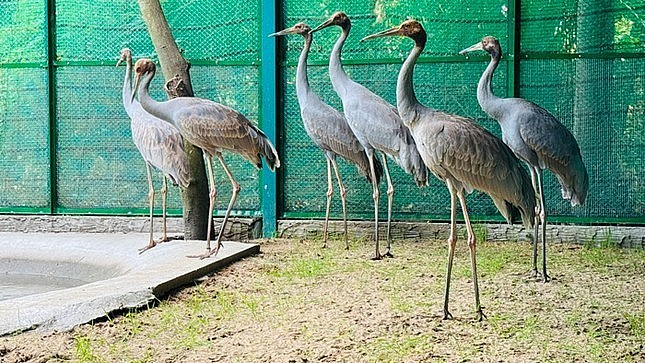
6 Sarus Cranes complete quarantine, set to return to Tram Chim National Park

Hong Loan Mai – The graceful charm of a bonsai beauty
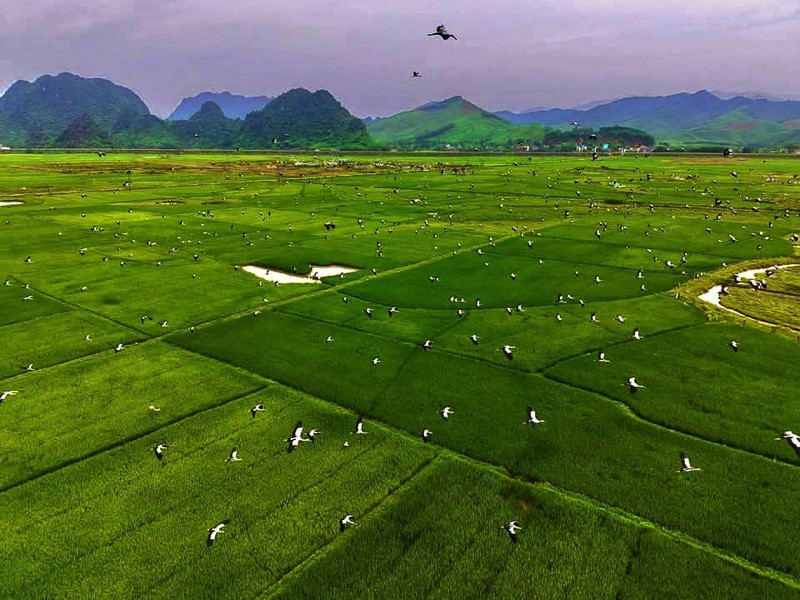
Endangered stork species making surprise appearance in Phong Nha - Ke Bang

Department of Crop Production and Plant Protection: "Orienting the total production value of flower and ornamental plant sector reach 70-75 trillion VND by 2025"

The 9X artist turns water hyacinth into living art

Over 1,000 artworks featured in the 2025 Expanded Ornamental Creatures Exhibition of Van Giang District

Endangered stork species making surprise appearance in Phong Nha - Ke Bang

Over 1,000 master bonsai trees gather in Quang Ngai, dazzling plant enthusiasts
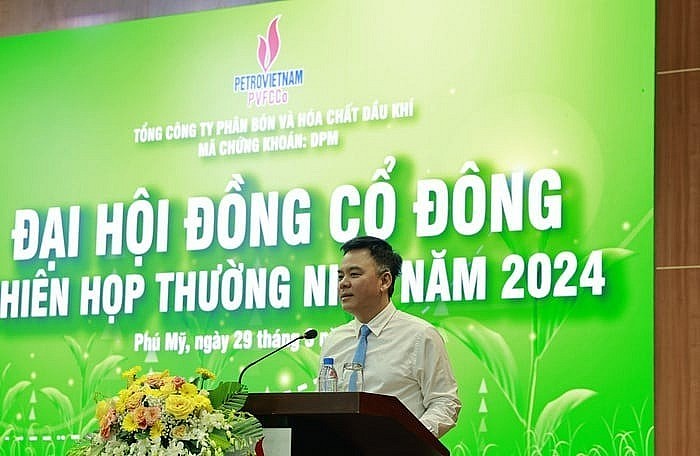
From the first granule of urea to a national brand: PVFCCo and its mission beyond the continent

STP Group: Nguyen Thi Hai Binh - The pioneer woman bringing the ocean into the circular economy and the journey of "connecting values - connecting the community"
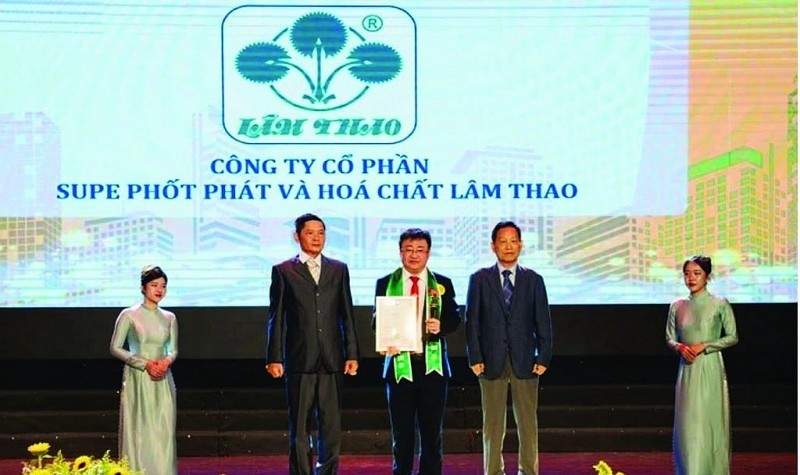
Toward the Celebration of the 63rd Anniversary of Lam Thao Superphosphate Company: From following President Ho Chi Minh’s wish to a national brand

Trailer introducing the special issue of Vietnam huong sac Magazine, published on May 19
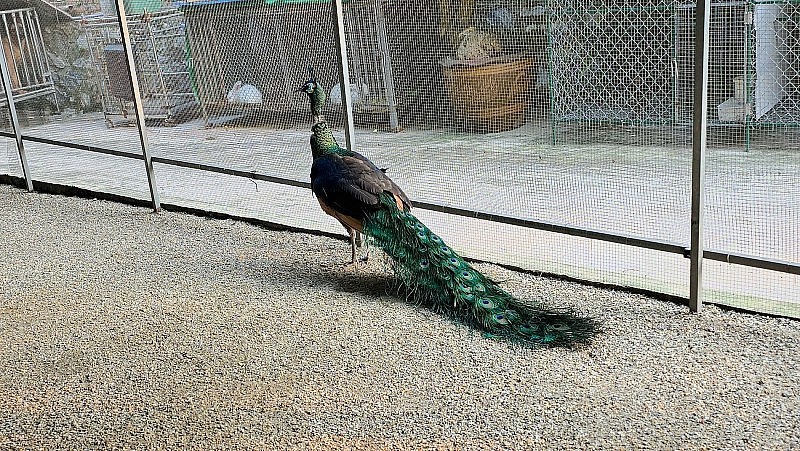
Surprised by rare songbirds at Dung Tan Center in Thai Nguyen Province
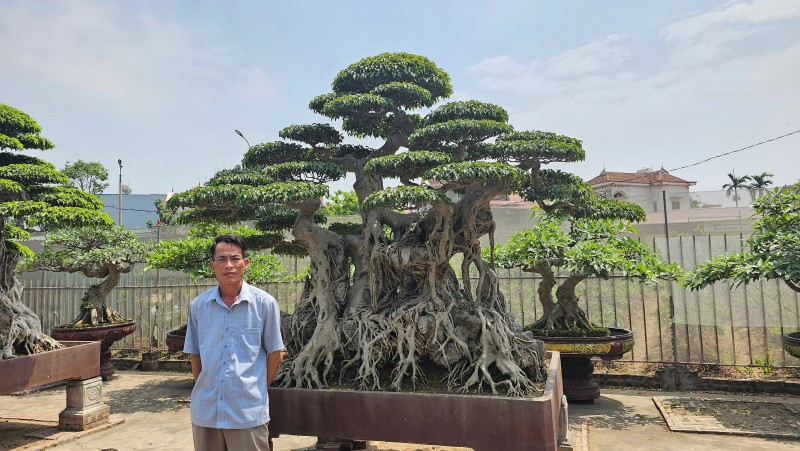
A passionate horticulturist committed to preserving the Sanh Da bonsai lineage in Hưng Yên
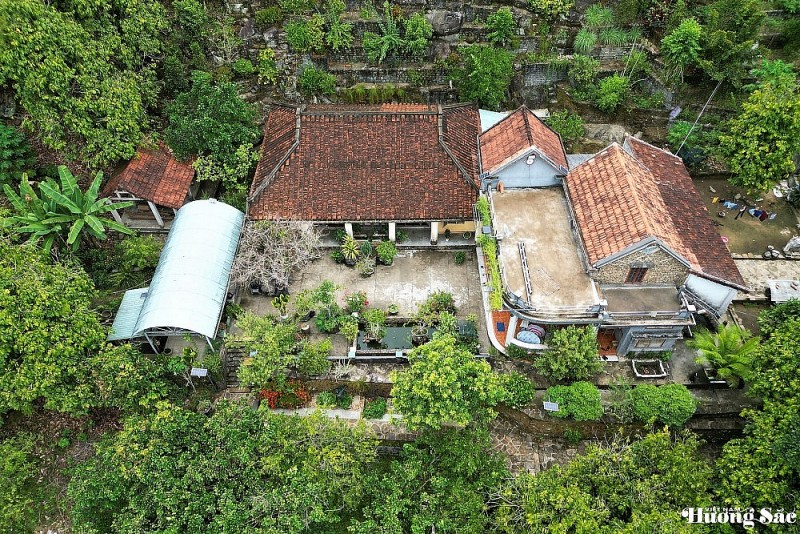
Look inside the million-dollar jackfruit wood ancient house in Quang Nam Province
